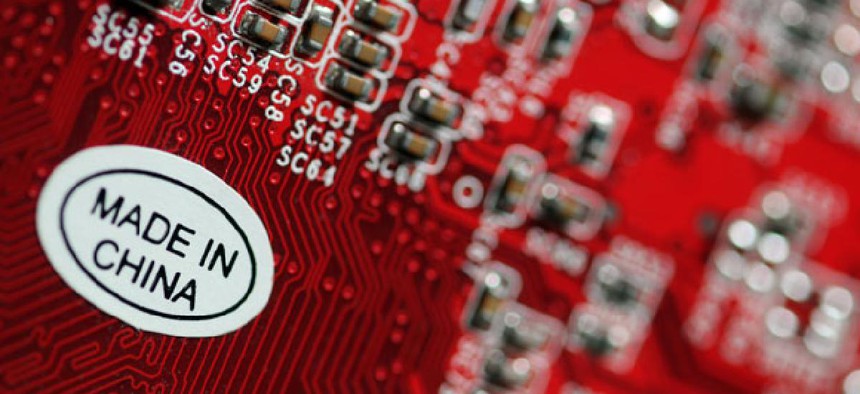China Wins the Supercomputer Crown

Arkadiusz Komski/Shutterstock.com
New machine operates almost twice as fast as the top U.S. supercomputer.
If there’s a supercomputer arms race, China just won. A new machine developed by the country’s National University of Defense Technology performs just under 34 quadrillion calculations per second, or almost double the speed of the previous record holder, a Cray system installed at Oak Ridge National Laboratory.
In a “surprise appearance,” China’s Tianhe-2 supercomputer will be installed at the National Supercomputer Center in Guangzhou by the end of this year -- two years ahead of schedule, according to the TOP500 list of supercomputers released today at the International Supercomputing Conference in Leipzig, Germany.
Tianhe-2 has 16,000 nodes, each with two Intel Xeon IvyBridge processors and three Xeon Phi processors for a combined total of 3,120,000 computing cores. It operates at a speed of 33.86 petaflops (one petaflop equals a quadrillion operations per second). The second-ranking Oak Ridge Cray XK7 Titan system runs on 261,632 chips originally developed by NVIDIA Corp. for graphics and gaming and has a speed of 17.59 petaflops. An IBM Sequoia supercomputer at Lawrence Livermore National Laboratory in Livermore, Calif., placed third with a speed of 17.17 petaflops.
Jack Dongarra, a TOP500 editor who also is a researcher at Oak Ridge and a professor of computer science at the University of Tennessee, said the Tianhe-2 machine stands out because most of the system’s features were developed in China. “They are only using Intel for the main compute part. That is, the interconnect, operating system, front-end processors and software are mainly Chinese,” he said.
Horst Simon, another top TOP500 editor and deputy director of the Livermore lab, told China’s Xinhua news agency that the Tianhe-2 marks "a great accomplishment" for the country as it demonstrated China can use its own resources for supercomputer development.
The United States still dominates the TOP500 list with 252 supercomputers versus 66 in China and 29, 23, and 19 in the United Kingdom, France, and Germany respectively.
"The U.S. continues to be the leading country in [high performance computing] but the gap is closing," said Simon.
(Image via Arkadiusz Komski/Shutterstock.com)
NEXT STORY: Can big data save the government $500 billion?






